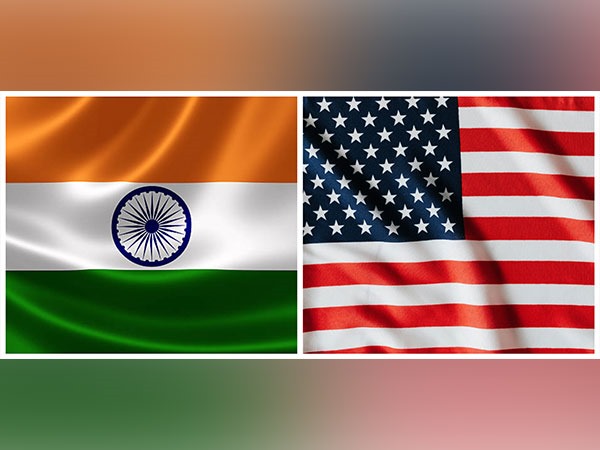India Poised for Global Trade Ascendancy Amid U.S. Tariff Strategy
The U.S. has imposed higher tariffs on several countries, opening a strategic window for India. Benefiting from relatively lower tariffs, India is positioned to strengthen its global trade role, particularly in textiles, electronics, and semiconductors, through enhanced market share and investment opportunities.

- Country:
- India
The U.S. government's decision to impose steep reciprocal tariffs on multiple countries, including leading Asian economies, presents a strategic opening for India, according to GTRI Founder Ajay Srivastava. Led by President Donald Trump, these tariffs affect China, Vietnam, Taiwan, Thailand, and Bangladesh, creating renewed opportunities for India in global trade.
India, however, is not exempt from tariffs, facing a 25 percent charge on steel, aluminum, and auto-related goods, with pharmaceuticals, semiconductors, copper, and energy products facing no such levies. Other goods will encounter a 27 percent tariff. Despite this, India stands to benefit amid the complex tariff landscape that heavily affects others.
While China faces a 54 percent tariff, Vietnam 46 percent, Bangladesh 37 percent, and Thailand 36 percent, India's lower tariffs provide a competitive edge, especially in textiles and garments, where high tariffs on Chinese and Bangladeshi products pave the way for market expansion. Electronics and semiconductors, too, could see a growth spurt, thanks in part to the U.S. trade policy shift.
(With inputs from agencies.)
ALSO READ
Samsung Electronics Mourns Loss of Co-CEO Han Jong-hee Amid Industry Challenges
Union Cabinet Boosts Pay and Pensions, Bolsters Electronics Manufacturing
India’s Telecom Push in Assam: 5G Labs, Semiconductors, and Rural Digital Boost
Cabinet approves PLI scheme for non-semiconductor electronics component with an outlay of Rs 22,919 cr: Union Minister Ashwini Vaishnaw.
India Boosts Electronics Component Manufacturing with Rs 22,919 Crore Scheme










